The line between information and silence to protect the character
The writing contest on HIV/AIDS Prevention launched by Health & Life Newspaper once again affirmed the importance of communication in the fight against the disease of the century. Today, HIV/AIDS is no longer a "death sentence" thanks to the remarkable advances in medicine, but has become a chronic disease that can be controlled.
However, while the virus has been controlled by ARV drugs, the virus of stigma is still smoldering and persistent in society, pushing infected people into the darkness of loneliness.

The biggest difficulty in writing about HIV/AIDS is not the lack of information from the authorities, but the lack of trust from the characters to speak up. Illustration photo
A quality article must be authentic, touching, and able to bring readers closer to the lives of those involved. However, to have a story of "real people, real events", an article with soul and weight, the reporter not only needs a "cool head" of reason but also has to go through a thorny and difficult journey of searching and building trust.
That pressure, sometimes, is heavier than the deadline: the pressure between the need to tell the truth and the duty to protect the safety of the subject. That is the difficult, silent journey of us, journalists dedicated to a common goal.
Invisible Shackles: Overcoming the Barriers of Stigma and Public Fear of People with HIV
The biggest difficulty in writing about HIV/AIDS is not the lack of information from the authorities, but the lack of trust from the subjects to speak up. They carry within them an existential fear: Fear of Exposure.
It took me three months to text back and forth with Ms. L., a single mother living with HIV in the suburbs of Hanoi , whom I met through a community-based organization (CBO). She always made excuses about being busy, afraid of having her identity revealed, afraid of affecting her small business, and most importantly: "Afraid that her child would be teased by friends and shunned by the school."
The meeting finally took place in a deserted, cramped coffee shop. The first thing she said, looking straight at me, was not about medicine or illness, but a plea: "I promise you, your child's photo must be blurred, the handwriting must be different. Don't let him know, he still has a future. You can endure it however you want, but your child must not be involved."
That one promise alone unleashed a long story of will to live. That desperate look said it all: Although the law and health care protected them, social stigma was still a lingering specter. The reporter had to transform into a psychologist, a friend, to untie each knot of caution and guilt. If an absolute "safety wall" for the character could not be built, the article would forever remain on paper, lacking the breath of life.
In addition to the character's fear, we also had to face fierce opposition from the family. Once, I was kicked out of the house by the character's husband because he thought I was "digging up private matters" and "bringing shame to the family". The truth is, we had to find "gatekeepers" such as peer groups and district ARV clinics. They were the key to opening the door to trust, because they were the first and closest people to the character. The journey to find this gatekeeper took a lot of time and effort.
The Challenge of Geography and Time: Searching for Light in the Dark
The most authentic and humane stories about HIV/AIDS are often not found in big cities but hidden in hidden corners, remote areas, where life is still full of difficulties.
Once, to find Mr. K., a peer group leader in the northern mountainous region, I had to travel all day. From town, I had to leave my motorbike at the foot of the hill, walk nearly 5km across a dry stream to reach Ru village. Mr. K. lives in a small, simple house. He explained: "It has to be so far away, so that 'people don't notice'. That 'not noticing' is the price of the peaceful life that I am trying to preserve for the whole group." This seclusion and obscurity makes it even more difficult for reporters. Moreover, our subjects are often poor workers who don't have much free time. The interview must take place quickly, late at night (after they have finished their farm work or construction work) or early in the morning, in unfavorable conditions: flickering oil lamps, cramped spaces, the sound of insects or crying children.
Sometimes, to avoid attracting attention, I had to "disguise" myself as a friend, a social worker of the volunteer group. Flexibility, always being ready to take notes, listen, even do housework for the subject, has become a survival skill of this topic reporter. Physical hardship (moving, staying up late) is inevitable, but it is in return for valuable details and dialogues, which cannot be found in any statistical documents.

Although the journey to find the HIV/AIDS character was arduous, the joy we received when completing the article was priceless.
Overcome personal emotional limits
Journalists writing about HIV/AIDS not only face external difficulties but also have to overcome their own emotional limits.
Sitting across from the characters, listening to them recount their tragedies: the wife leaving, the child suffering from illness, being fired by the landlord because they knew they were HIV positive, the extreme loneliness... there were times when I couldn't hold back. I had to stand up, turn my face to the wall, drink a glass of cold water to regain my professional voice. Feeling helpless, wanting to cry with the characters, but having to stay calm to continue to fully exploit the story was a big challenge.
The pressure of professional ethics is also heavy. Reporters have to walk a thin line: Protect the absolute identity of the subject (anonymity, change of work details, location) and ensure the authenticity and impact of the article. Every word, every detail must be carefully considered, to avoid accidentally causing hurt or leading to new discrimination. This is a sacred and heavy responsibility, requiring delicacy and long-term experience. Writing on this topic is an uncompromising ethical commitment.
Light behind the half-closed door
Although the journey to find the HIV/AIDS character was arduous, the joy we received when completing the article was priceless. That was when the article was published, receiving positive feedback from the community; when our character called, saying that they felt respected, listened to. Their voice was amplified, touching the hearts of thousands of readers.
We have written about examples of perseverance: a single woman living with HIV who opened a restaurant to support her child, a young businessman who hid his illness and devoted himself to his work, or touching stories about mothers who silently cared for their children living with HIV. Each story is a powerful testament to the desire to live and the desire to be treated equally of people living with HIV.
For us, journalists are not judges, but bridges, loudspeakers for the voices of the disadvantaged. The journey to find HIV/AIDS characters is a harsh but meaningful journey. Reporters will continue to commit, constantly search and spread the light of hope, contributing to erasing the darkness of discrimination.
See more videos of interest
Source: https://suckhoedoisong.vn/canh-cua-khep-ho-va-loi-hua-dinh-menh-hanh-trinh-cua-phong-vien-di-tim-nguoi-that-viec-that-ve-hiv-aids-169251119121837177.htm


![[Photo] President Luong Cuong receives President of the Senate of the Czech Republic Milos Vystrcil](/_next/image?url=https%3A%2F%2Fvphoto.vietnam.vn%2Fthumb%2F1200x675%2Fvietnam%2Fresource%2FIMAGE%2F2025%2F11%2F20%2F1763629737266_ndo_br_1-jpg.webp&w=3840&q=75)


![[Photo] National Assembly Chairman Tran Thanh Man holds talks with South Korean National Assembly Chairman Woo Won Shik](/_next/image?url=https%3A%2F%2Fvphoto.vietnam.vn%2Fthumb%2F1200x675%2Fvietnam%2Fresource%2FIMAGE%2F2025%2F11%2F20%2F1763629724919_hq-5175-jpg.webp&w=3840&q=75)

![[Photo] Lam Dong: Panoramic view of Lien Khuong waterfall rolling like never before](/_next/image?url=https%3A%2F%2Fvphoto.vietnam.vn%2Fthumb%2F1200x675%2Fvietnam%2Fresource%2FIMAGE%2F2025%2F11%2F20%2F1763633331783_lk7-jpg.webp&w=3840&q=75)
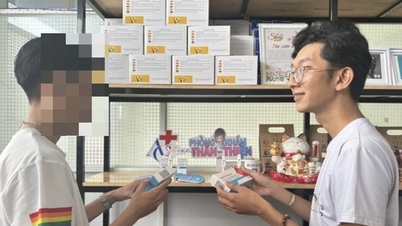
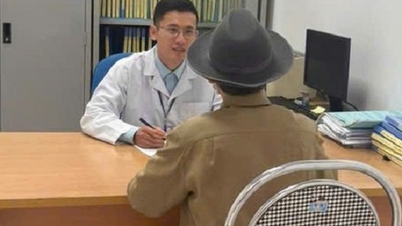


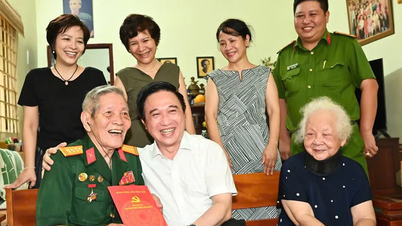








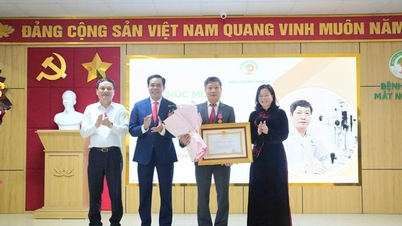








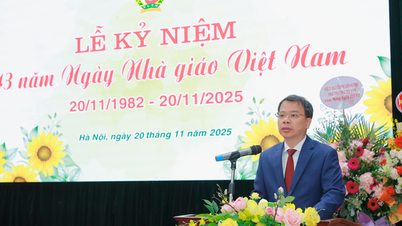
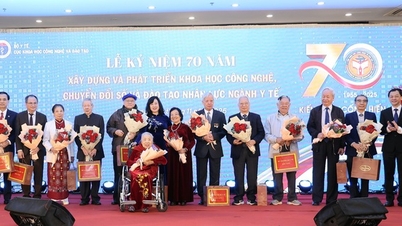






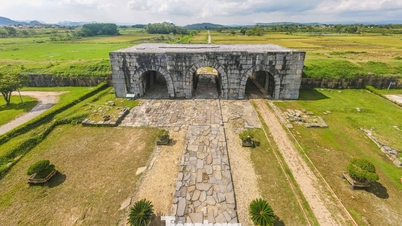

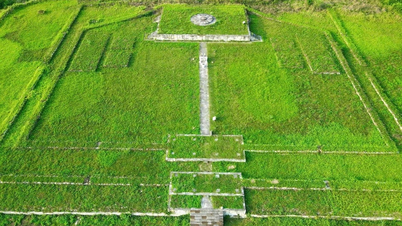




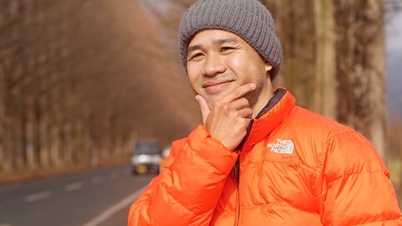

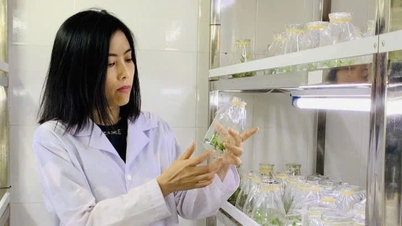

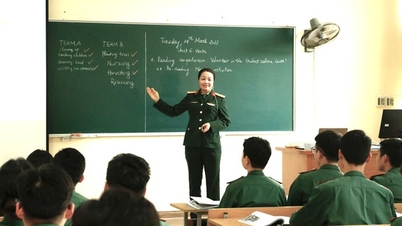


















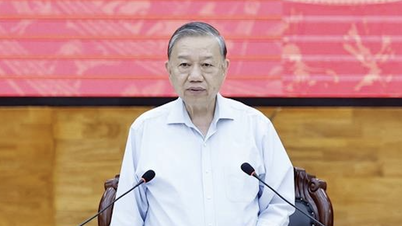



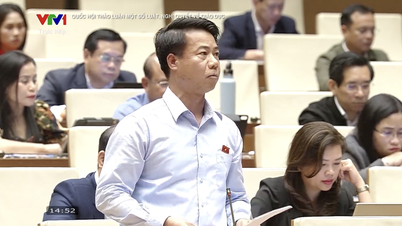



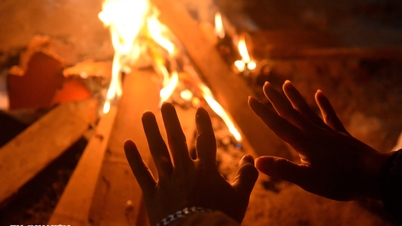




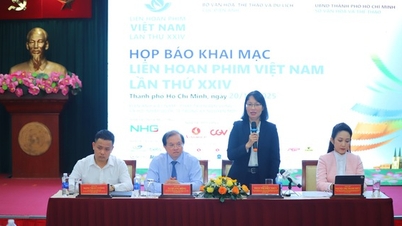


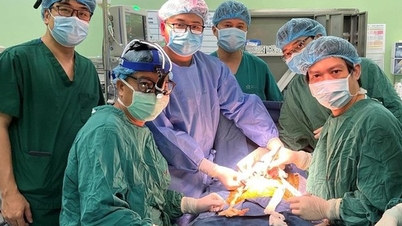

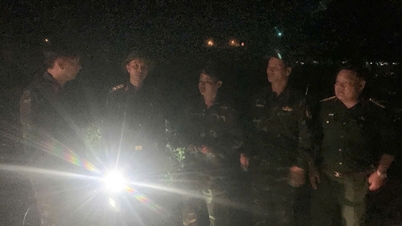

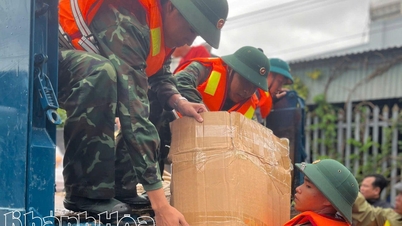

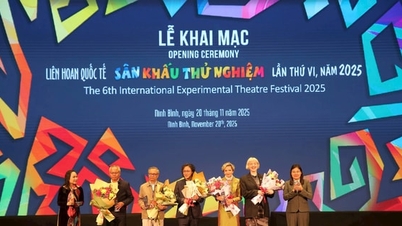

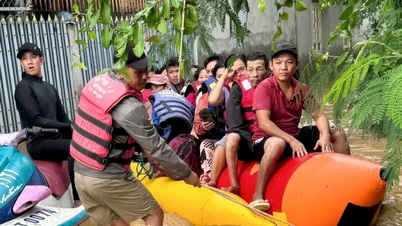
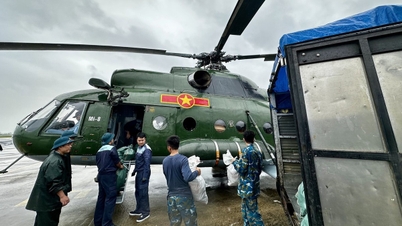













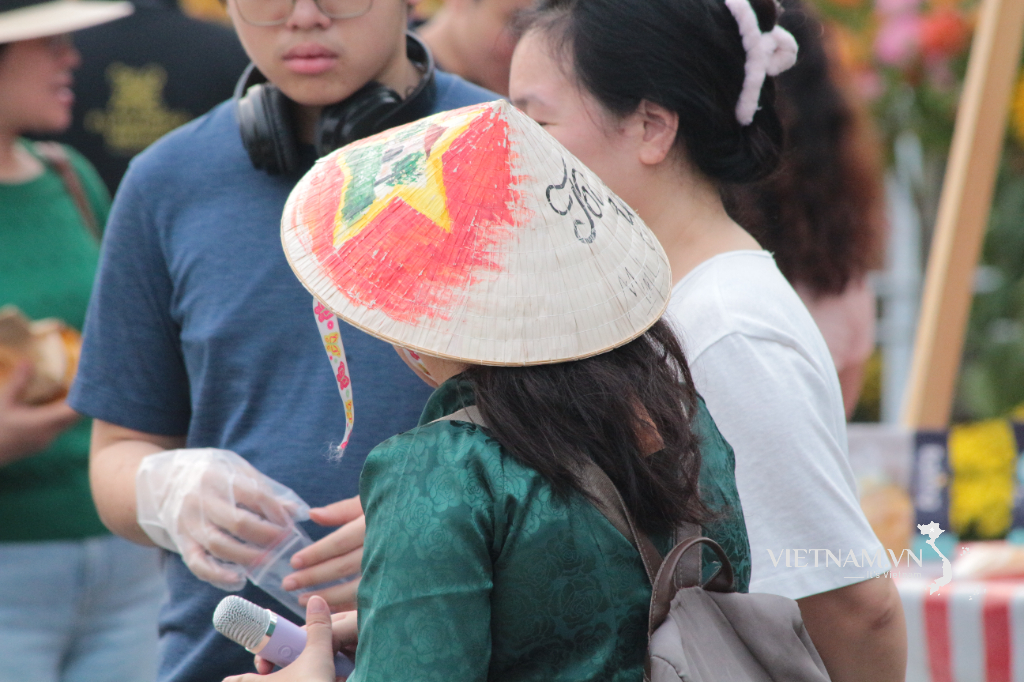
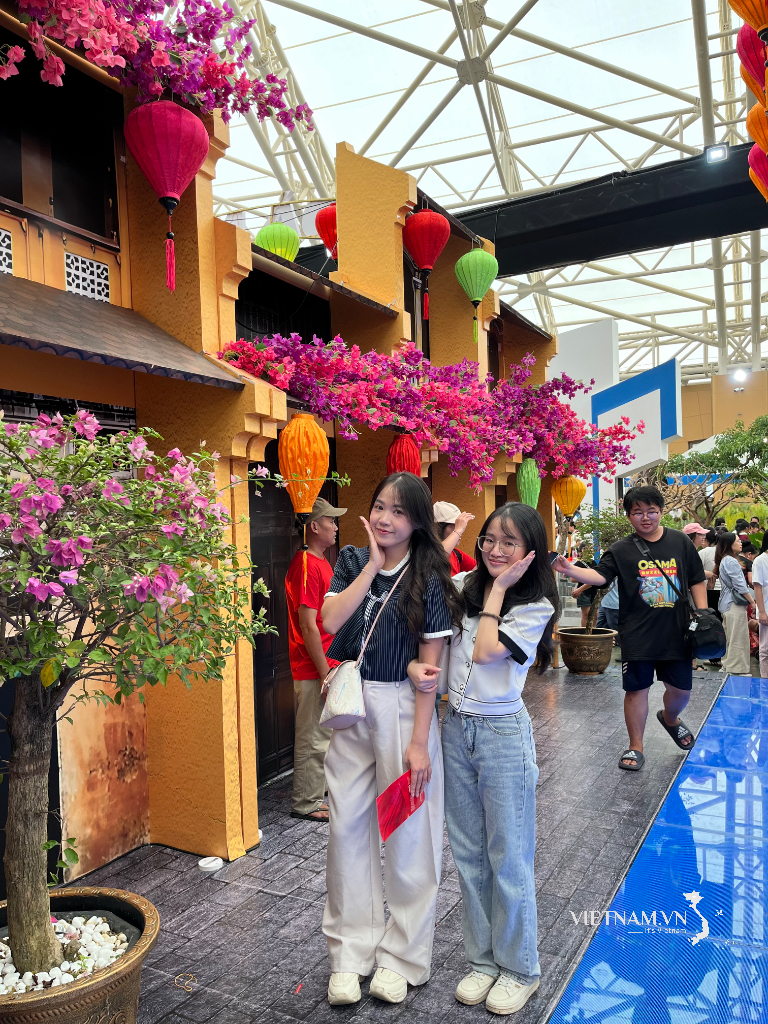

Comment (0)